🎹 The Ultimate Guide to Recording Live Musicians in the Studio
🎶 Why Live Musicians Still Matter
In a Music Industry flooded with loops and samples, there’s still nothing like the energy of real musicians playing together in a room. Capturing that magic — and preserving it for mass distribution — is where the art of elite recording begins. With over four decades working with legends like Stevie Wonder and Lionel Richie, I’ve learned that great recordings are built at the source, not “fixed in the mix.”
🚧 Studio Prep: Laying the Foundation
Before a single mic goes up, the space must support the sound.
Room acoustics matter. Invest in diffusion and absorption where needed. Control the low end.
Cue mix clarity. Musicians play better when they hear better. Dial in personalized mixes.
Comfort = Confidence. Lighting, spacing, and vibe all affect performance.
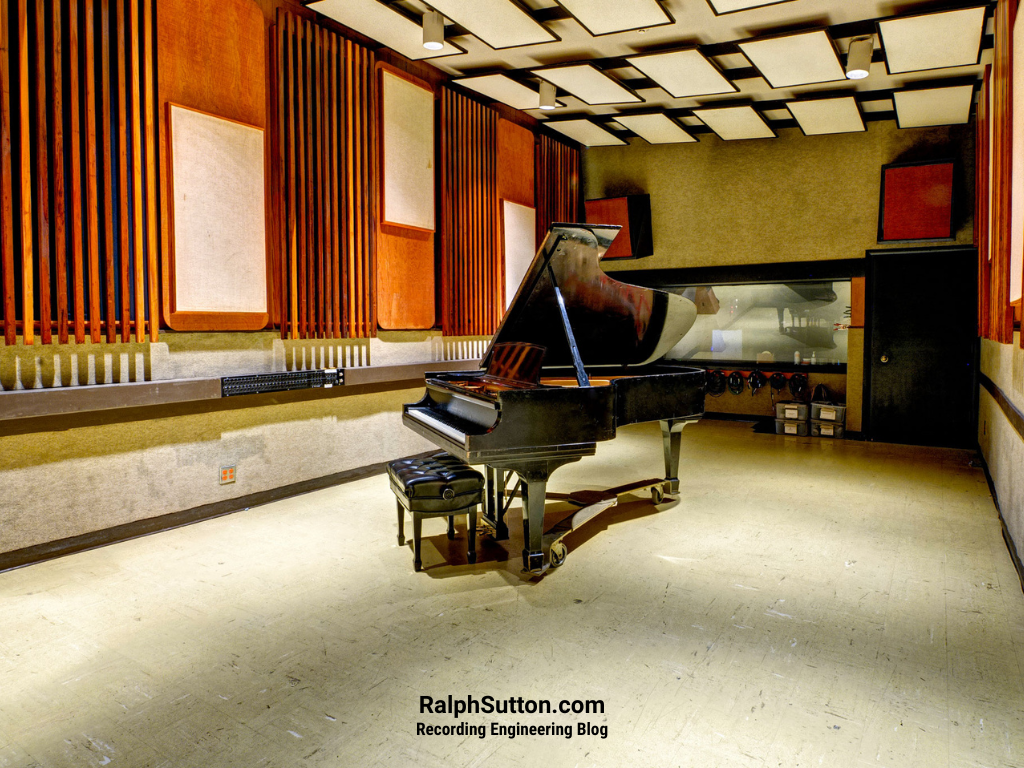
🎤 Microphone Selection: Tools That Capture Truth
The microphones you choose shape the emotional contour of your recording. Here’s my go-to setup for Jazz, Funk, and R&B:
🥁 Drums
Kick Drum: AKG D112 MKII — placed ~1″ from the inside head, slightly off-center
Snare Drum (Top): Shure SM57
Snare Drum (Bottom): AKG 451 B with -10 dB pad
Hi-Hats: Neumann KM84i — clear, natural articulation
Rack Toms: Sennheiser MD 421
Floor Tom: Neumann TLM 103
Overheads: AKG C414 XLII — captures shimmer and depth
Room Ambience: See “Sonic Glue” section below
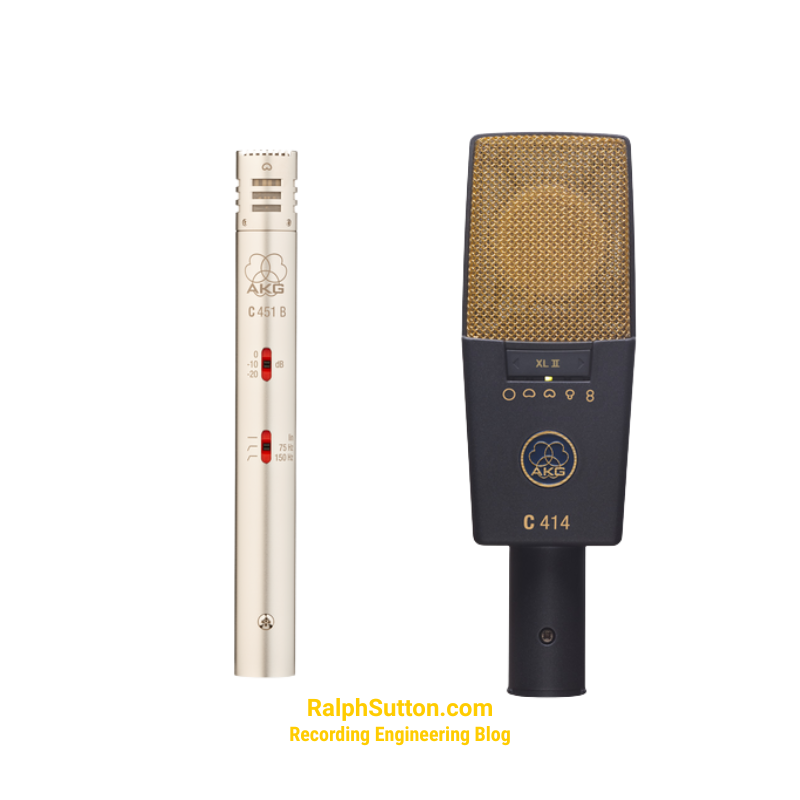
🎸 Bass Guitar
Direct Box: Countryman Type 85 or Radial JDI
Mic’d Cab: Royer R-122V Tube Ribbon + Neumann U 87 on axis
Blended together for full-spectrum tone
🎸 Electric Guitar
Amp Mic Setup: Sennheiser MD 421-II + Royer R-122V
Dynamic grit + ribbon smoothness = full-bodied tone
🎼 Keyboards
Acoustic Piano: Neumann TLM 170 R (High-Low stereo configuration)
Electric Piano (Rhodes/Wurli): DI + Mic’d amp (Royer R-122V)
🎤 Vocals
Main Vocal Mics:
Neumann U 87
Neumann TLM 170 R (when a neutral, full-bodied tone is needed)
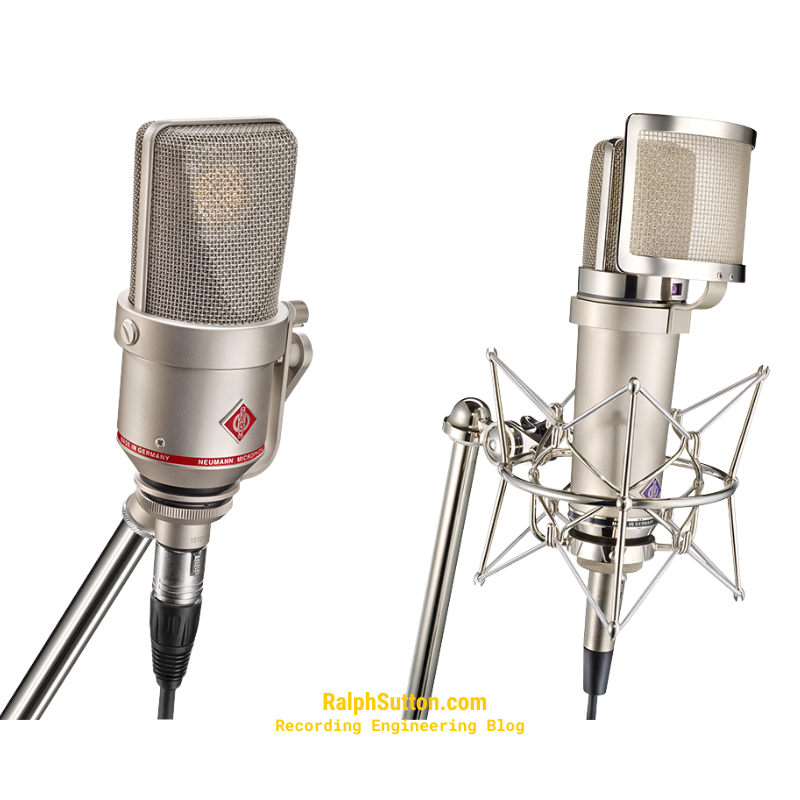
🎺 Horn Section Recording Techniques
The typical section may include Trumpet, Trombone, Alto/Tenor Sax, and Clarinet. Some arrangements go bigger, adding Flugelhorns, Euphoniums, Tubas, and even French Horns.
🎺 Brass
Trumpets: TLM 170 R or U 87
Trombones / Flugelhorns / Euphoniums / Tubas: U 67
🎷 Woodwinds
Alto & Tenor Sax / Clarinet:
U 87 or TLM 170 R
Royer R-122 MKII or R-122V for warmth and depth
🌌 Room Ambience & Sonic Glue
I capture the stereo image and ambient cohesion using a spaced pair of Royer R-122V Vacuum Tube Ribbon Microphones. This technique adds what I call the “sonic glue” — the depth and realism that gives the horns space to breathe.
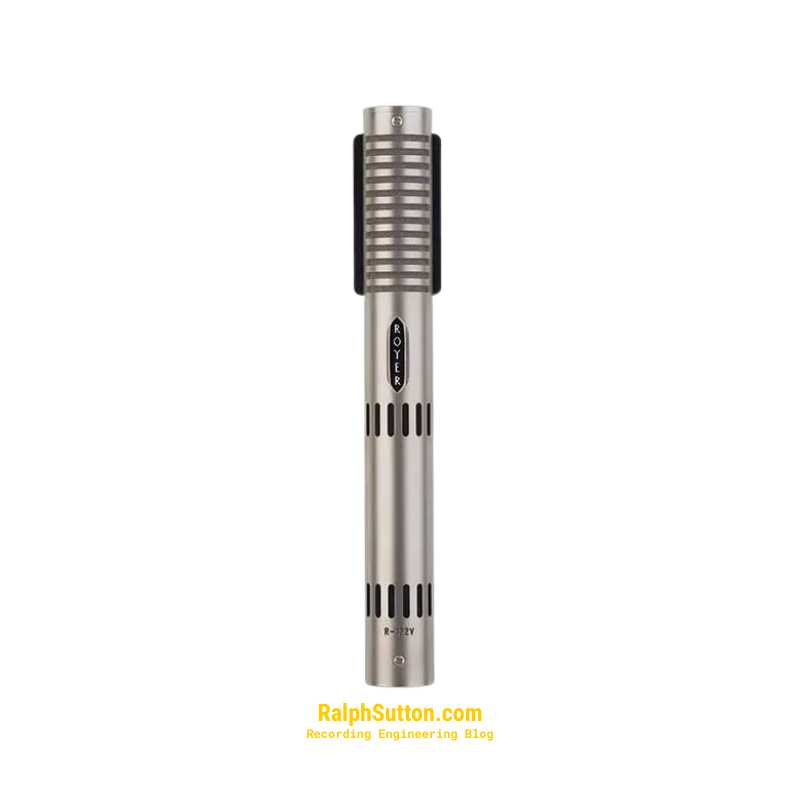
🔗 Blending Mics & DIs: Getting It Right at the Source
I treat the mic and DI signals like faders in a mix — EQ, phase, and blend matter just as much as mic choice. Aim for richness and clarity before the signal hits your converters.
🎺️ Recording the Band as a Unit
Track the rhythm section live when possible. It builds groove and chemistry.
Use gobos, baffling, and line-of-sight to give separation without isolation.
Commit to tones. I print compression and EQ sparingly but intentionally.
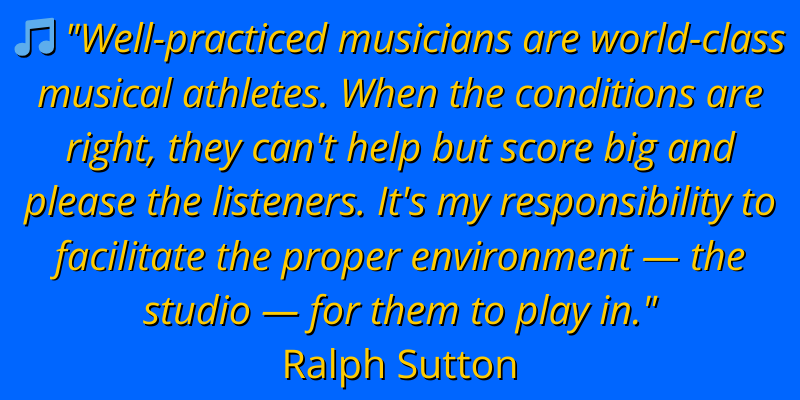
❌ Common Mistakes to Avoid
Poor mic placement (especially on drums or horns)
Over-relying on plugins instead of capturing great sound upfront
Ignoring phase relationships
Not giving musicians enough headphone flexibility
🧪 Ralph’s Secret Sauce

🌟 Final Thoughts + Book Your Session
Great recordings are made before the red light turns on. When you focus on tone, intention, and placement, you create tracks that last.
👉 Ready to bring your music to life?
🎮 Explore My Recording Services »
🔧 Visit the Tools & Resources Page »
📩 Contact Me for Studio Bookings »

